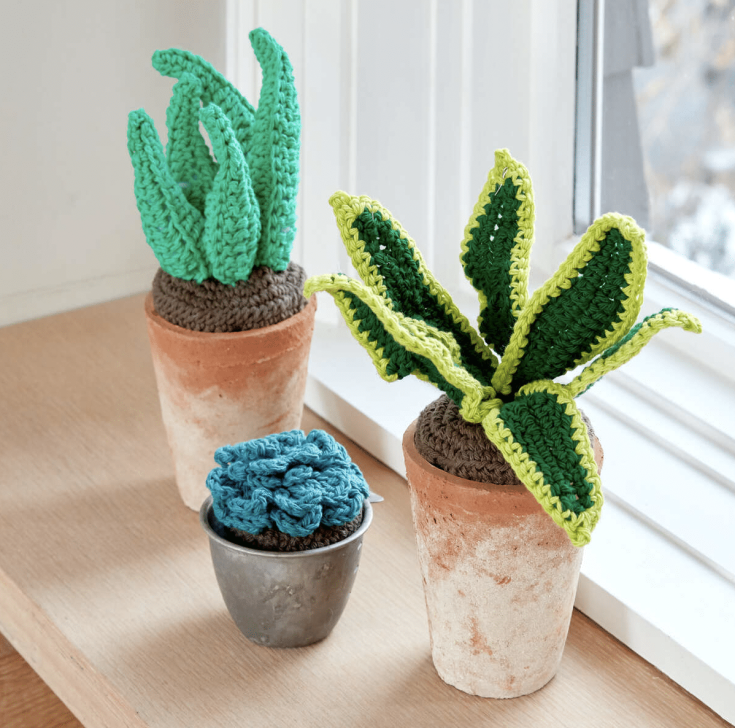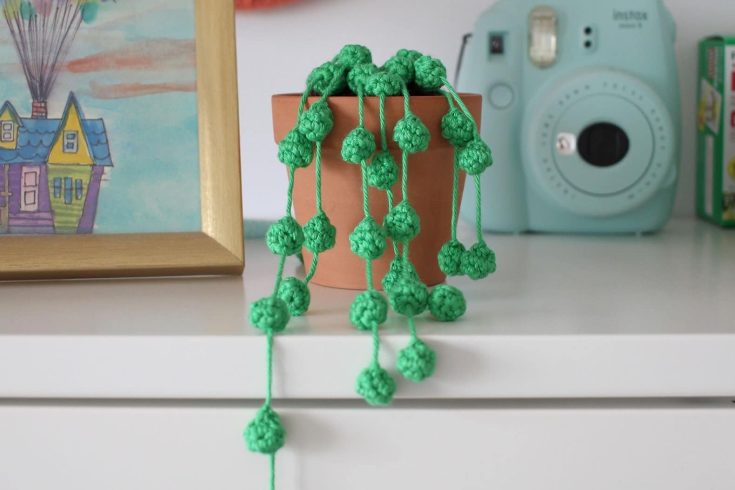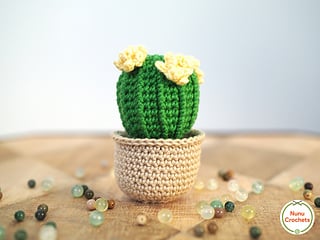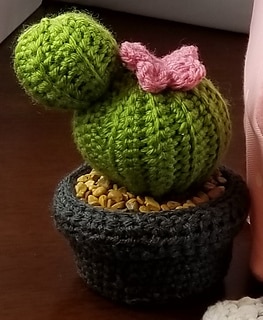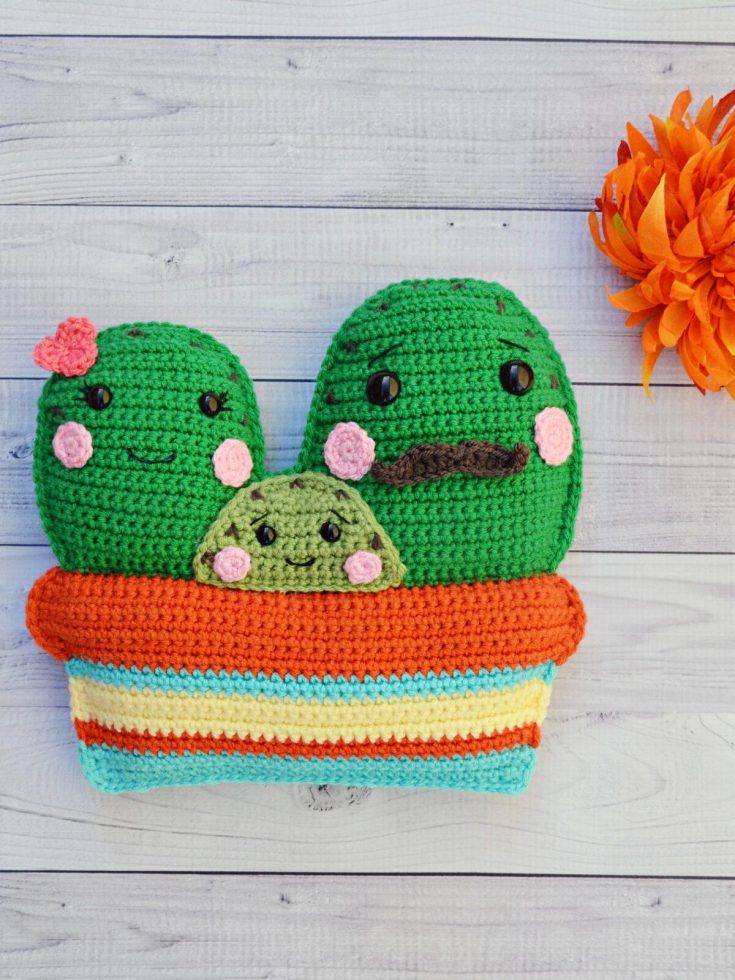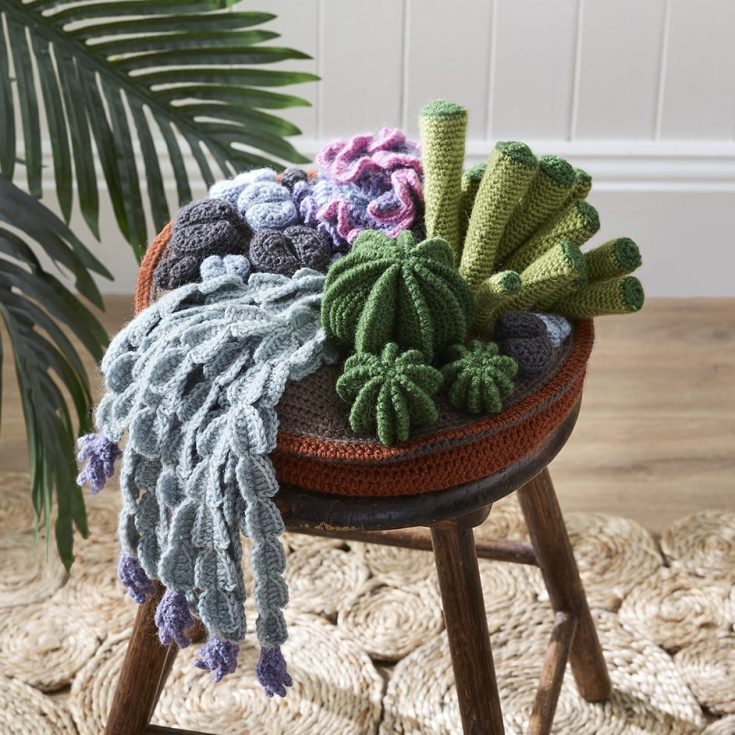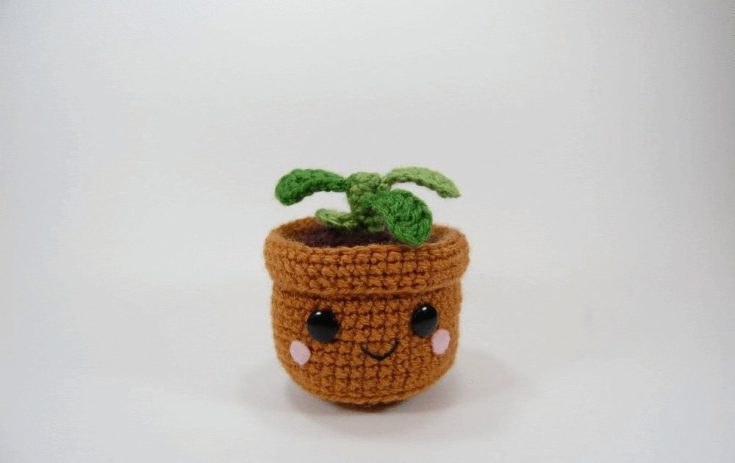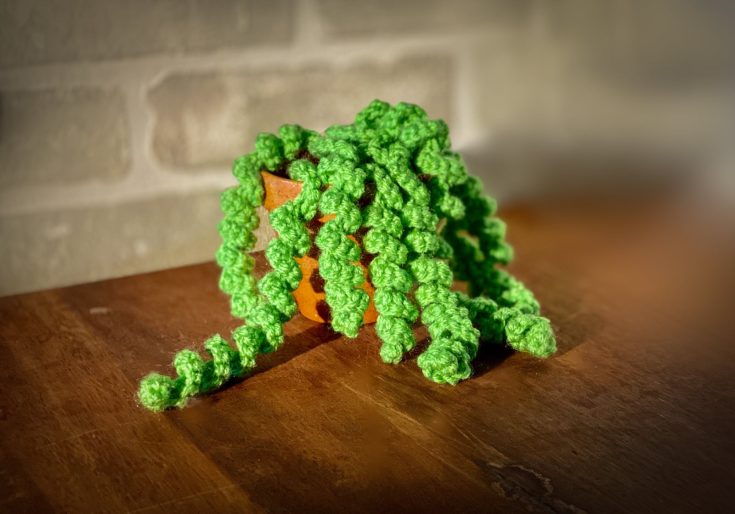Top 10 Free Patterns for Crochet Plants
These crochet plant patterns are the perfect addition to your home decor.
These patterns are easy to follow, and with a bit of yarn, you can create beautiful, lifelike crochet houseplants that will add a touch of greenery to any room.
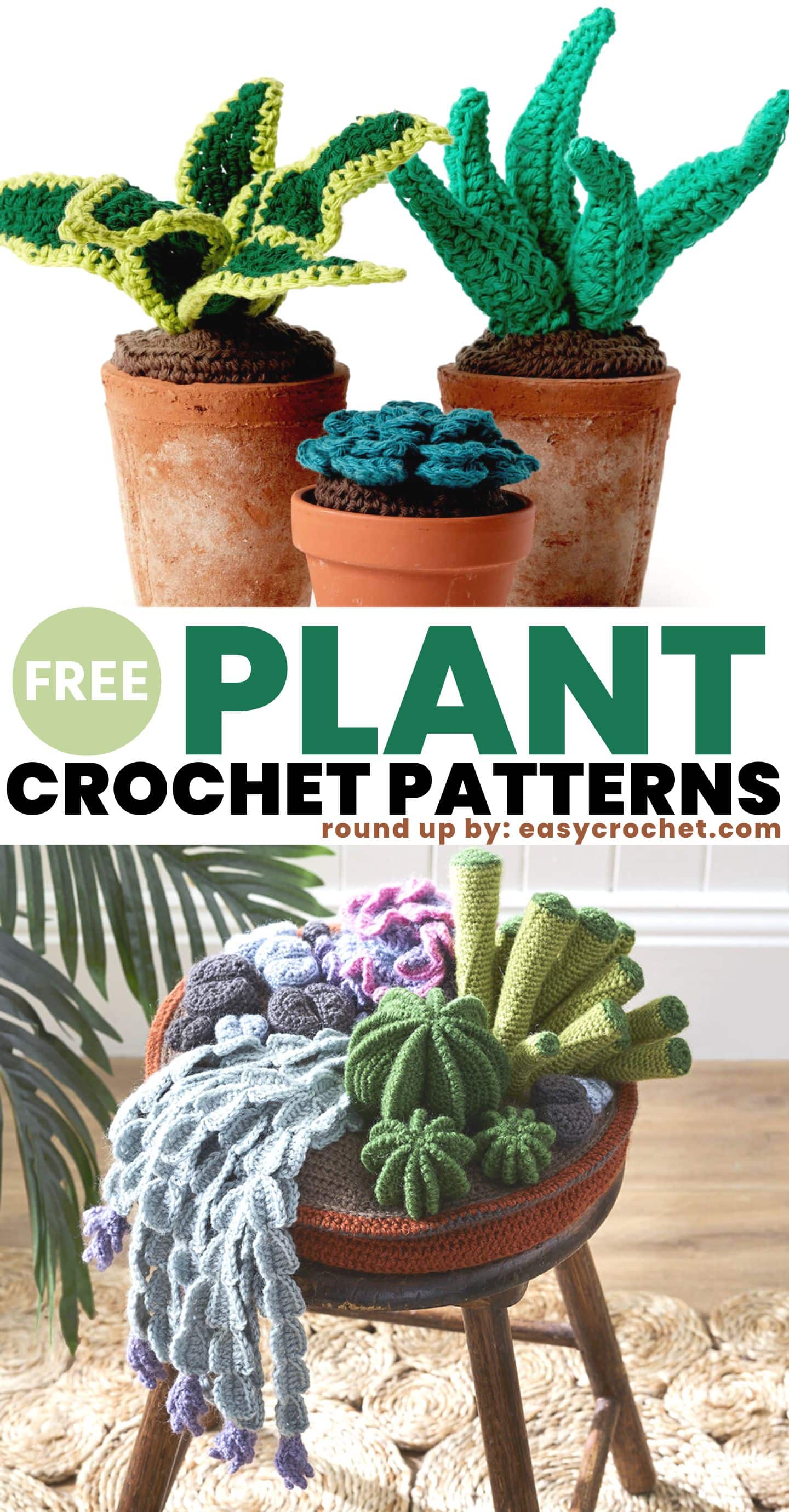
We’ve rounded up some top crochet plants you can create as well as touched on some amigurumi tips as well as stitches you might need to know. With this guide, you’ll be ready to make crochet houseplants you can ignore all you want!
How to Make a Crochet Plant
It is easy to learn how to crochet a plant, promise! Most of these designs are amigurumi plants, so you will have to be familiar with the art of amigurumi.
- Learn About Amigurumi
- Go Over Materials Needed
- Study Crochet Stitches
- Pick a Plant Pattern from the list below!
Learn more about how to crochet a plant by learning about the materials and stitches you’ll need to know below!
Related: The Putting it Together Course! In this course, you’ll go over three different methods that help you avoid messy seams and wobbly heads. Each method has in-depth discussions on the pros and cons, a video tutorial, and a specially designed pattern to help you learn it!
Supplies for Crochet Plants
In this section, we’ll discuss the weight of yarn, hook sizes and other things that work best for amigurumi plants.
Stitch Markers: A stitch marker is important to keep track of the rounds you are working in the plant pattern. Most plant designs are worked in continuous rounds, so it is critical to be able to keep track of the rounds with this marker.
Crochet Hook: Most plant patterns will use a smaller sized crochet hook than the yarn they are using calls for. This is because it will create a tighter single crochet stitch in the plant pattern, which in turn makes a cleaner looking end product.
Yarn: While almost any yarn can be used for amigurumi patterns, the most commonly used weight is Light/DK or Medium/Worsted weight yarn. A plant made with DK yarn will be slightly smaller than one made with worsted weight medium yarn, but that is typically the preferred outcome.
Stuffing: Most amigurumi plants will have stuffing, so this is an important material to have on hand. Poly-Fil is my personal favorite.
Stitches for Crochet Plants
I’ve found that certain stitches perform best when creating crochet plants. Here are five of the best stitches we’ve come across for crocheting a plant.
Single Crochet: A beginner-friendly basic stitch that is most commonly used in amigurumi plant patterns, as well as other types of amigurumi designs. Learn how to single crochet.
Single Crochet
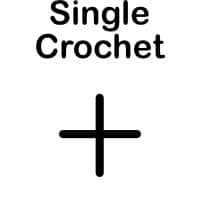
Abbreviation: sc
Difficulty Level: Easy
Learn this stitch →
Back Loop Single Crochet: A single crochet that is worked in the back of the v of the single crochet stitch. This technique can be used to create texture on leaves of plants and more. Learn how to back loop single crochet.
Single Crochet Back Loop

Abbreviation: SC BL
Difficulty Level: Easy
Learn this stitch →
Front Loop Single Crochet: Working in the front loop is very similar to the back loop technique, but you will be working in the front loop of the v of the single crochet or the part that is closest to you.
Single Crochet Back Loop

Abbreviation: SC BL
Difficulty Level: Easy
Learn this stitch →
Single Crochet Increase & Invisible Decrease: These methods create seamless transitions in your plant when you’d like to make a leaf go from bigger to smaller or vice versa, for example.
Magic Loop: The magic loop is a crochet technique that creates a closed, tight bottom of a circle. It can be used for hats, place mats, circles, and these plants too! Learn more about the Magic loop (or circle) to use this method.
More Free Crochet Plant Patterns
If you like these free crochet plant patterns, then you might like these crochet plant hangers as well!
The Best Free Patterns for Crochet Plants
Scroll on down to find some of the best crochet plant patterns you can make! All the plant designs were free at the time of this post.
Crochet Succulents & Aloe Vera
This potted plant crochet pattern is perfect to add a little something extra to your desk or workspace! If you love the look of plants in a pot, then this pattern is for you!
String of Pearls Plant Amigurumi Crochet Pattern
If you love crocheted plants, you will LOVE this string of pearls crochet plant pattern. It is easy to make and would look fabulous in your room or office.
Barrel Cactus Plant Pattern
This cute crochet plant includes the pattern for the plant as well as the pot as well! Adorable and beginner-friendly.
Desktop Succulent
Make this realistic crochet plant for your desktop with this free pattern. It works up quickly and the crochet leaves look oh so real!
Crochet Cactus Plant Pattern
You'll love this cacti plant with a flower for your next crochet pattern. It is a free pattern that works up fast and is easy to make.
Kawaii Succulent
This amigurumi plant features a family of plants in a pot and is soo cute! Get the free crochet plant pattern below.
Crochet Cactus Garden Pattern
If you are up for a challenge, crochet this gorgeous crochet plant collection that features a variety of different crocheted plants and pot.
Pull and Grow Amigurumi Plant
This little cutie is the perfect small plant project to make! It is a quick project and would make an adorable gift!
Dangling Curly Plant Crochet Pattern
Learn how to make a spiral crochet plant with this free pattern. This one is extremely beginner-friendly and quick to make as well!
Sprouting Oddish Crochet Plant
Learn how to crochet this little cutie plant with this free pattern! Not only is this little plant adorable, it is easy to crochet too!
More Free Crochet Patterns You May Like
- 9 Cute Crochet Chicken Patterns
- 14 Free Crochet Patterns for Adorable Gnomes
- 21 Beginner-Friendly Crochet Amigurumi Patterns
- 13 Free Crochet Cake Patterns
- Top 10 Free Patterns for Crochet Plants
- 24 Top Crochet Octopus Patterns: All Free Patterns
- 15 Fun Crochet Patterns for Fruits and Vegetables
- The Best Axolotl Crochet Pattern Collection

